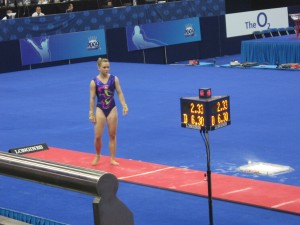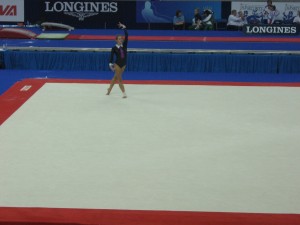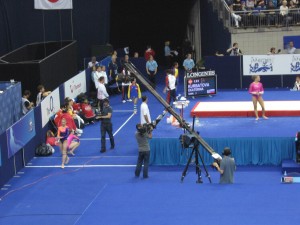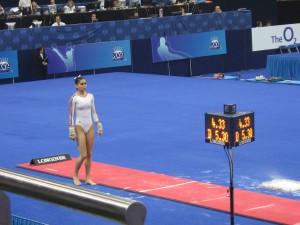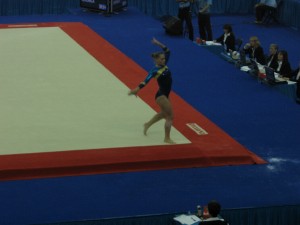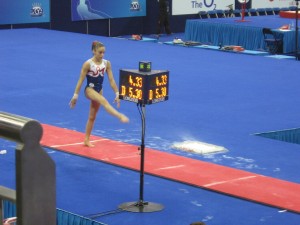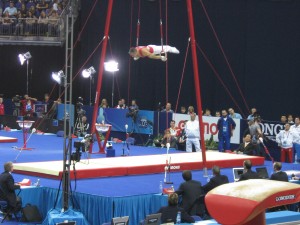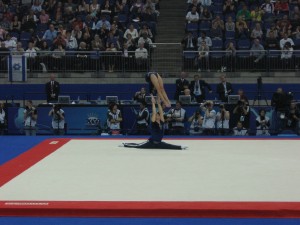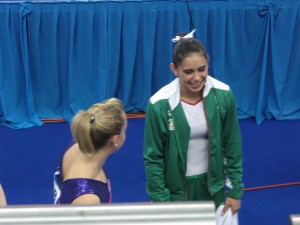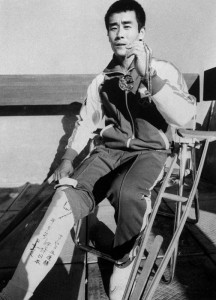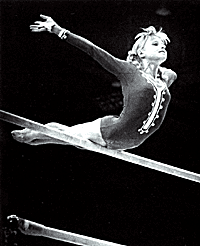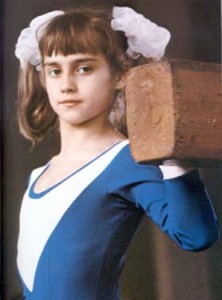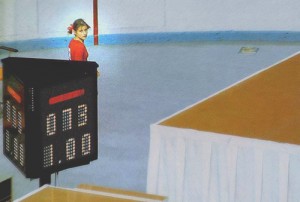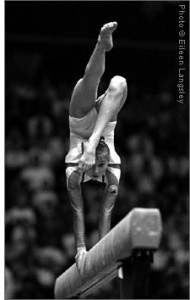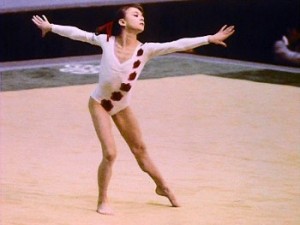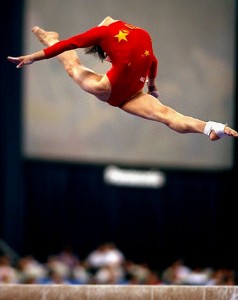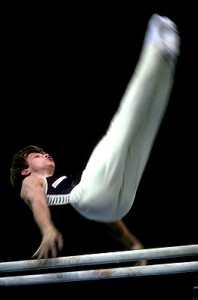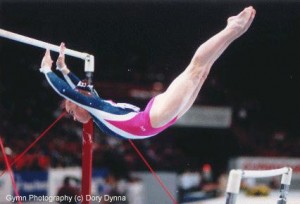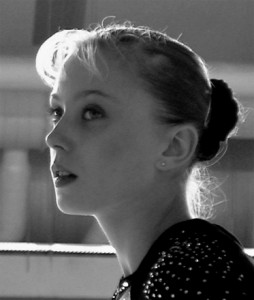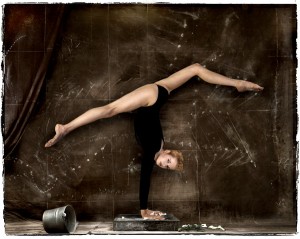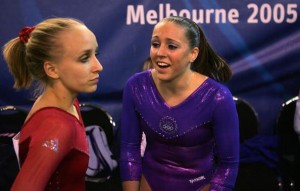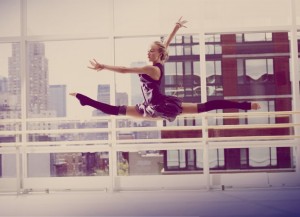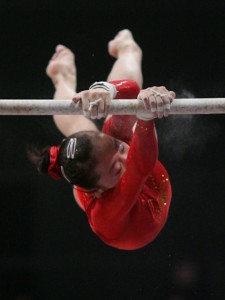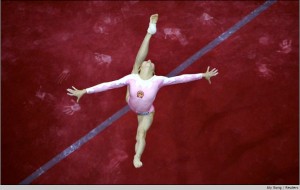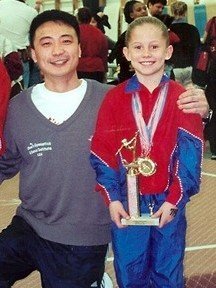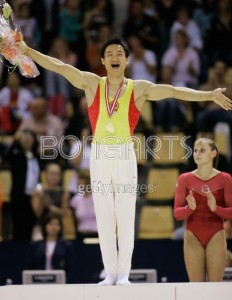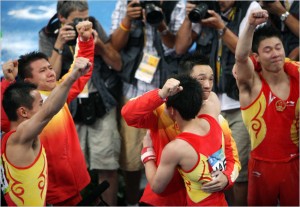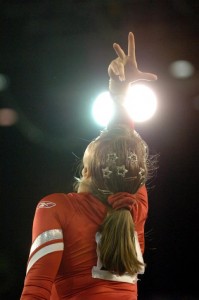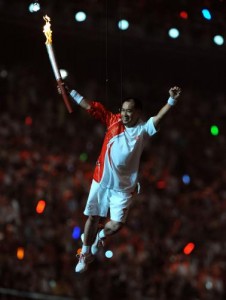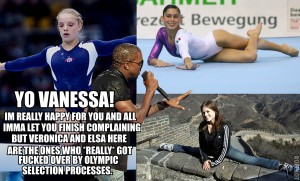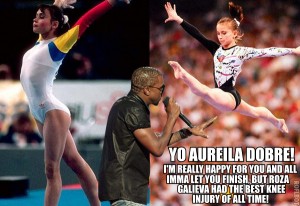Top 10 Floor Routines Ever
When I first set out to create a Top 10 list of the best floor routines ever, I had no idea what a task it would become. How could I leave out gymnasts such as Svetlana Boginskaya, Oksana Omelianchik, Maria Filatova, Natalia Ilienko? Believe it or not, I did consider making this a Top 10 Soviet Routines from the 1980s list…well, anyway, here is a compilation of ten of my favourites. Enjoy!
10. Lauren Mitchell (AUS), 2009 World Championships
I like this routine because Mitchell presents a style unlike any other. The music is cool, and the dance matches the music very well. Mitchell shows that you don’t have to have balletic elegance to create a memorable performance. I think she should have won the gold medal.
9. Lilia Podkopayeva (UKR), 1996 Olympic Games
I have to include Podkopayeva because she’s one of my favourite gymnasts ever and her double front-half out mount is just amazing.
8. Mo Huilan (CHN), 1994 World Championships
This is one of the few “cutesy” routines that I can really appreciate. Only a gymnast like Mo could pull off a routine set to typewriter music.
7. Shannon Miller (USA), 1993 Hilton Challenge
I can’t blame Miller for using this routine for three years. It was just about perfect and it helped her win silver all-around at the 1992 Olympic Games and gold all-around at both the 1993 and 1994 World Championships.
6. Tatiana Groshkova (URS), 1989 Chunichi Cup
Groshkova must surely be the best gymnast never to snag a spot on a World or Olympic team. She mounts with a double-full-in…unbelievable!
5. Svetlana Lebedinskaya (URS), 1986 Goodwill Display
With so much competition amongst her Soviet teammates in the mid-1980s, Lebedinskaya never had a chance to make much of a name for herself internationally. It’s such a shame, because she definitely had the talent!
4. Irina Baraksanova (URS), 1985 World Championships
A typical Soviet routine that exemplifies the grace, power and musical interpretation that made her team unbeatable. Nearly any gymnast on this Soviet team could have won the all-around gold at these World Championships, but Baraksanova and Olga Mostepanova (fresh off her 40.0 win at the Friendship Games!) were withdrawn in favour of eventual co-champions Omelianchik and Yelena Shushunova…but who’s to say that was the best decision?!
3. Silvia Mitova (BUL), 1991 European Cup
This next video includes not just Mitova’s inimitable Blues for Klook routine, but also the routines of five other gymnasts who used this music after her. No matter how creative a gymnast is with the interpretation, it seems to me that it’s never a good idea to use such a well loved piece. The thing is, many of those other routines would have been perfectly good if only I could stop myself from thinking of Mitova and her wonderful choreography the entire time.
2. Anna Pavlova (RUS), 2008 Olympic Games
I just love this routine, and Pavlova performed it to perfection in the all-around. All her fourth place finishes make me sad.
1. Natalia Frolova (URS), 1986 Kraft Invitational
Hands down my favourite routine ever. I can’t believe it has been 24 years since Frolova performed this; the tumbling would be world-class even today, and the choreography is exquisite.
So what makes a floor routine great, anyway? For me, it’s the combination of captivating music and lovely choreography, with a dose of difficult tumbling on the side. I know there are so many fantastic routines that I haven’t included. Please add a comment and tell me your favourite floor routines of all time.
Next up: the Top 5 Worst Floor Routines Ever!
UPDATE: Click on Comments to see the favourite floor routines of other gym fans!

